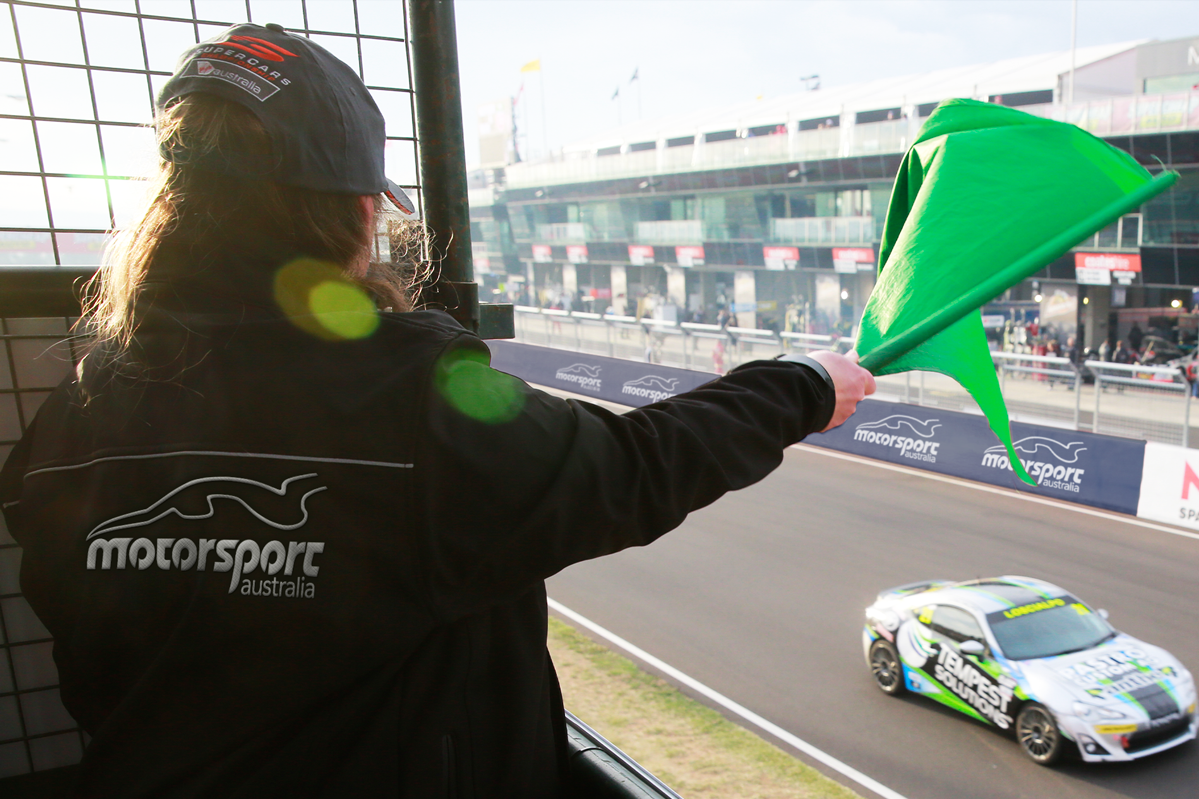

A new study has found that motorsport generates total gross annual output of $8.6 billion in the Australian economy.
The study was a global one on four-wheel motorsport prepared by Ernst and Young along with the FIA, Motorsport Australia, Karting Australia, and the Australian National Drag Racing Association (ANDRA).
That $8.6 billion figure is comprised of $3.1 billion of direct output and $5.5 billion of indirect output, based on pre-COVID figures.
Furthermore, the industry supported 16,900 direct jobs and a further 29,900 indirect jobs in 2019, the year the study was based on, with 18,900 unpaid officials and volunteers bringing the total workforce up to 65,700.
According to Motorsport Australia president Andrew Fraser, the study shows the importance of motorsport to the economy as the nation emerges from the pandemic.
“As Australia embarks on its economic recovery, we know motorsport will continue to be an economic powerhouse, creator of jobs and boost for local economies, particularly in rural areas, where many motorsport events take place,” said Fraser.
“This report provides a detailed analysis of motorsport’s strong economic impact and the importance our sport has on so many people.
“Motorsport Australia is ready to welcome a steady return of participants, volunteers and events in 2022, including bringing through the next generation through development programs like FIA Girls on Track and Ricciardo’s Racers.
“Australia is such a diverse country and we are eager to see more people enjoying more motorsport more often. Sport can bring people together and we’re working hard to embrace those who want to be involved and see the potential to grow these numbers even further by ensuring our sport is welcoming and accessible to all.
“Of course, we also have a responsibility to grow the sport sustainably and safely and that’s why Motorsport Australia will have a strong focus on the environment in the coming years.
“We need to make sure the sport is safe for those involved, but also safe for future generations by minimising our environmental footprint. We will embrace new technologies and make sure we are ready to regulate and support the future of motorsport.”
ANDRA chairman Nathan Peirano said, “We welcome this important report which clearly demonstrates the contribution of motorsport to Australia’s economy at this critical juncture in our history.
“While the findings are no surprise to those who are responsible for steering our sport in its various iterations across the country, being able to hold up a report such as this from such a respected entity is exceptionally valuable and we welcome the assessments by Ernst and Young.
“The local and regional events we have seen held with such success over the last 12 months as we have adapted and worked within COVID-19 restrictions will soon be accompanied by a sustained return to national-level competition and we can’t wait for what is shaping up as a bright future ahead which will continue to make important contributions to the economy.”
Karting Australia chair Glen Egan remarked, “The karting industry as a whole has continued to grow and provide great economic benefit across the country and we’re pleased to be able have this confirmed through Ernst & Young study alongside Motorsport Australia and ANDRA.
“Despite the challenges from COVID over the past couple of years, our licence numbers continue to bounce back strongly and the majority of the members of our karting industry are all reporting record trading years.
“We are seeing some significant growth in the entry level of our sport and we look forward to continuing this into the future.”
The study also looked at participation figures and drilled into the spend of competitors.
Across Motorsport Australia, ANDRA, and Karting Australia, there were 188,112 participants in 2019.
The financial contribution of each competitor and their input to the overall economy is estimated at $20,000 per year on motorsport-related expenses (not including vehicle purchases) such as travel, maintenance, food and beverages, as well as race meetings.
Australia’s biggest states, New South Wales and Victoria, represented more than 50 percent of motorsport’s economic value with 97,000 active participants.
In 2019, there were 9650 events held around the country under the aforementioned sanctioning bodies, in both rural and metropolitan areas.
The economic activity which motorsport generates has a flow-on impact to other industries such as tourism, hospitality, and retail.
The last such survey was undertaken in 2014, when it was found motorsport’s direct economic output was $2.7 billion, a figure which has risen $400 million in five years.
CLICK HERE for video


















Discussion about this post